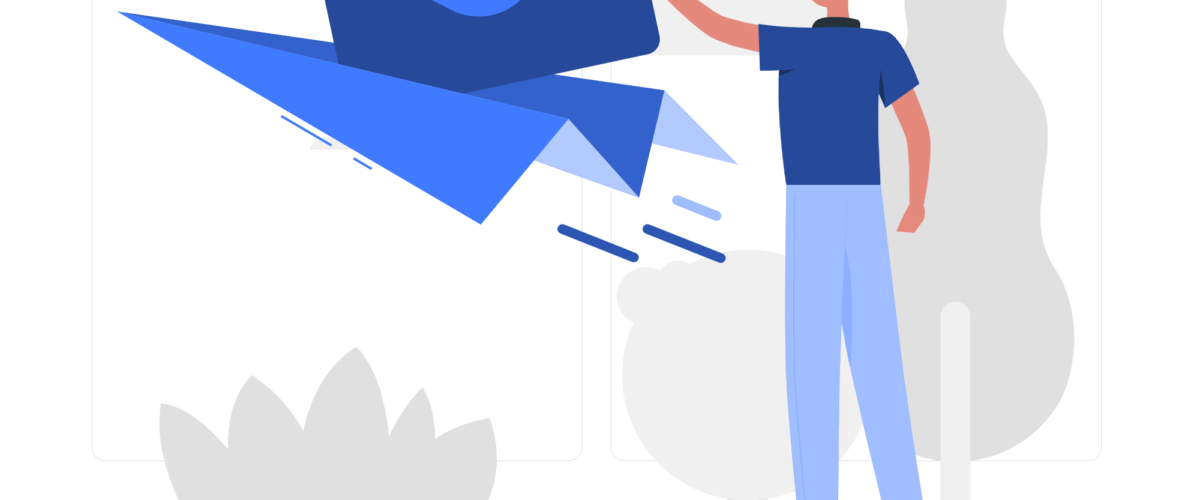F-1 Vize Rehberini İndirmek İçin Lütfen Aşağıdaki Bilgileri Doldurun

Difference Between CV and Resume: A Breakdown
While many people use the terms CV and resume interchangeably, these are two different documents. Take a moment to learn the critical differences between the two. Then you’ll know which document to prepare and preseDifference Between CV and Resume: A Breakdown
While many people use the terms CV and resume interchangeably, these are two different documents. Take a moment to learn the critical differences between the two. Then you’ll know which document to prepare and present when applying for a new position.
CV Overview
CV stands for Curriculum vitae. It is a Latin phrase that means “course of life.” You’ll use this document to outline your education, research positions, and accomplishments. You’ll need to cover each item in depth when creating a CV.
Resume
The French translation for resume is “in summary.” As that suggests, a resume provides a summary of your work experience and skills. With a resume, you aren’t just listing what you’ve done. You’re using the space to market your talents and convince a company to hire you. Because of that, you won’t use the space to mention specific details of a research project. Instead, you will explain the skills that you acquired from the research.
Purpose of the Documents
CVs and resumes serve different purposes. You’ll likely need a CV if you are applying to work in academia. Applications for fellowships and grants also often require a CV.
If you are applying for a job outside of academia, you’ll be asked to submit a resume. This includes positions at non-profit and for-profit companies.
If you are unsure of which document to provide, look at the application. Most job postings ask for a resume or CV.
Length of Resumes and CVs
Resumes are generally 1-2 pages. If you are applying for a job that requires a lot of experience and accomplishments, your document might be three pages. However, it’s essential to keep it brief.
CVs can be much longer. If you’re just getting started, your CV might be two pages. However, it’s not unusual for CVs to grow to 10 pages or more. You can keep adding to it as you get more academic accomplishments.
Customizing the Document
CVs generally aren’t customized for jobs. Instead, you create your CV and then add to it over the years. You might customize it a bit, but for the most part, it remains static.
That’s not the case for a resume, though. You will need to create a new resume each time you apply for a job. You’ll want to tailor the resume so you stand out from the competition. To do this, you’ll need to analyze the job posting and see what skills you can bring to the table. Then you’ll highlight those skills when creating your resume. You can use your old resume as a starting point, but you’ll want to make changes to improve your chance of success.
Getting Help Creating a Resume and CV
You’ll need to follow the correct format when creating a resume or CV. Word processing programs like Microsoft Word have templates for both resumes and CVs. You can also find a template online. Choose a template and then populate it with your information. Then use the right document when applying for a new position.
Sources:
https://icc.ucdavis.edu/materials/resume/resumecv#:~:text=Curriculum%20Vitae%20(CV)%20is%20Latin,company%20you%20are%20applying%20to
https://www.thebalancecareers.com/cv-vs-resume-2058495

